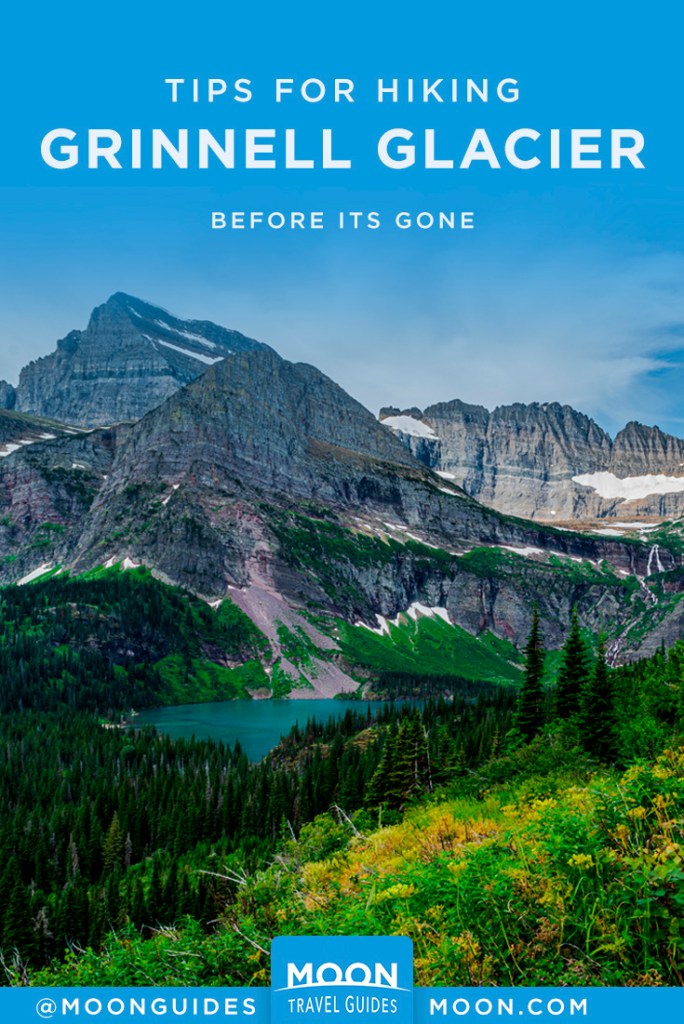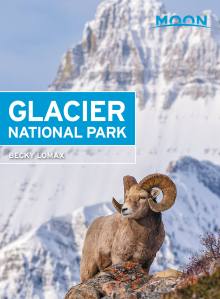Hike Grinnell Glacier Before It’s Gone
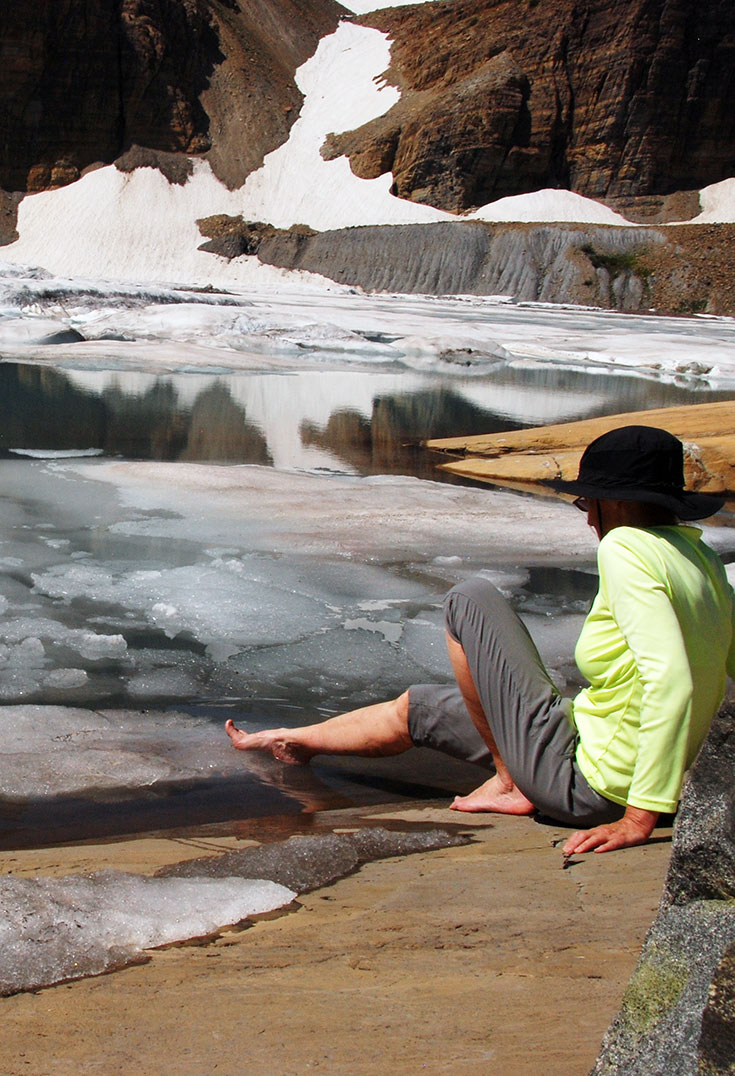
Grinnell Glacier, like many of the glaciers in Glacier National Park, is heading towards the end of its life expectancy. Each year brings more melting, so much so that visitors in two decades may not have the chance to see the glaciers. As one of the park’s namesake icefields, hiking Grinnell Glacier is an experience you won’t want to miss.
Grinnell Glacier tucks in a high cirque under the Continental Divide, a place where storms deposit hefty snow in winter and blocky Mt. Gould casts protective shade in summer. Despite the annual snow and sheltered location, Grinnell’s ice shrinks by 2-3 acres every year. In September 2015, the glacier’s demise sped up when a 10-acre chunk broke off to shatter into small icebergs in Upper Grinnell Lake.
Above Grinnell Glacier, the cliffs house a rock shelf holding the smaller Salamander Glacier. In 1850, the two were connected, with Salamander spilling over the ledge into Grinnell. Today, they’ve melted back to where a 700-foot rock cliff separates them. Grinnell stretches around 115 acres while Salamander covers the shelf above with less than 40 acres of ice. Their movement has dwindled to a few feet per year. Since the 1930s, Grinnell Glacier has been melting into Upper Grinnell Lake. As the ice melts, the lake gradually grows larger.
Hiking Grinnell Glacier
There’s a short seasonal window when hikers can reach the glacier. A steep snowfield precludes access to it until mid-July, and snow returns to bury the upper trail by late September. To see the glacial ice, opt for late August or early September. Hikers going earlier may see what looks like a big snowfield instead of ice as the summer sun needs time to melt off the previous winter’s snow.
The trail delights with brilliant color. Wildflowers burst open in purples, oranges, and yellows. Mid-summer, tall creamy beargrass yields to pink fireweed and green fuzzy-headed western anemones. Below wildflower slopes, Grinnell Lake shimmers with turquoise water, and the trail cuts through layers of red and green sediments. Frothing white waterfalls plunge down slopes, even spilling over a ledge above the trail to douse hikers.
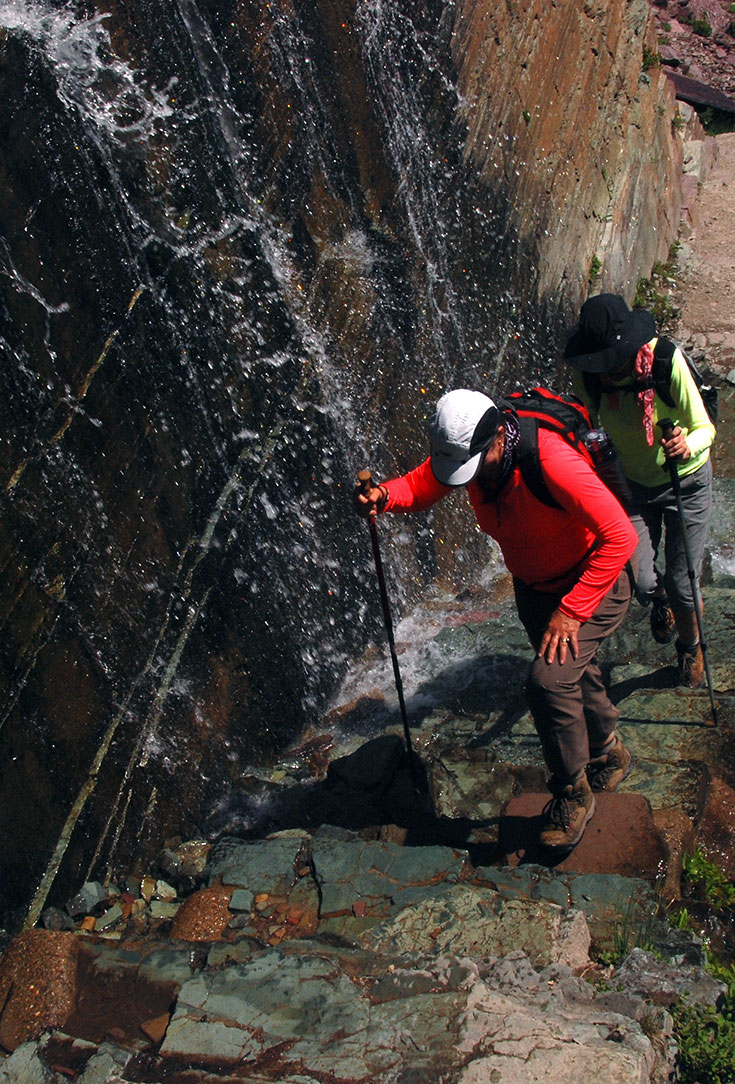
Wildlife frequents the trail. Moose hang around the lakes, grizzly bears forage for huckleberries, and bighorn sheep nibble flowers in upper elevation meadows.
Hikers can reach Grinnell Glacier departing from two locations: Many Glacier Picnic Area and Many Glacier Hotel. Both routes add up to about 12 miles round trip. But until mid-September, the route can be shortened to 7.6 miles round trip by hopping a tour boat with Glacier Park Boat Co. (406/257-2426, reservations accepted).
All routes converge to pack 1,840 feet of elevation gain into the last three miles.
When hikers climb the moraine that marks the size of Grinnell Glacier in 1850, they usually utter one word at the top: Wow. Light dazzles off the icebergs floating in the teal-gray lake, and crevasses on the glacier reveal hint of blue. After reaching the glacier, soak your feet in its icy lake, take photographs, and explore. But do not venture out onto the ice, which can have snow bridges hiding deadly crevasses.
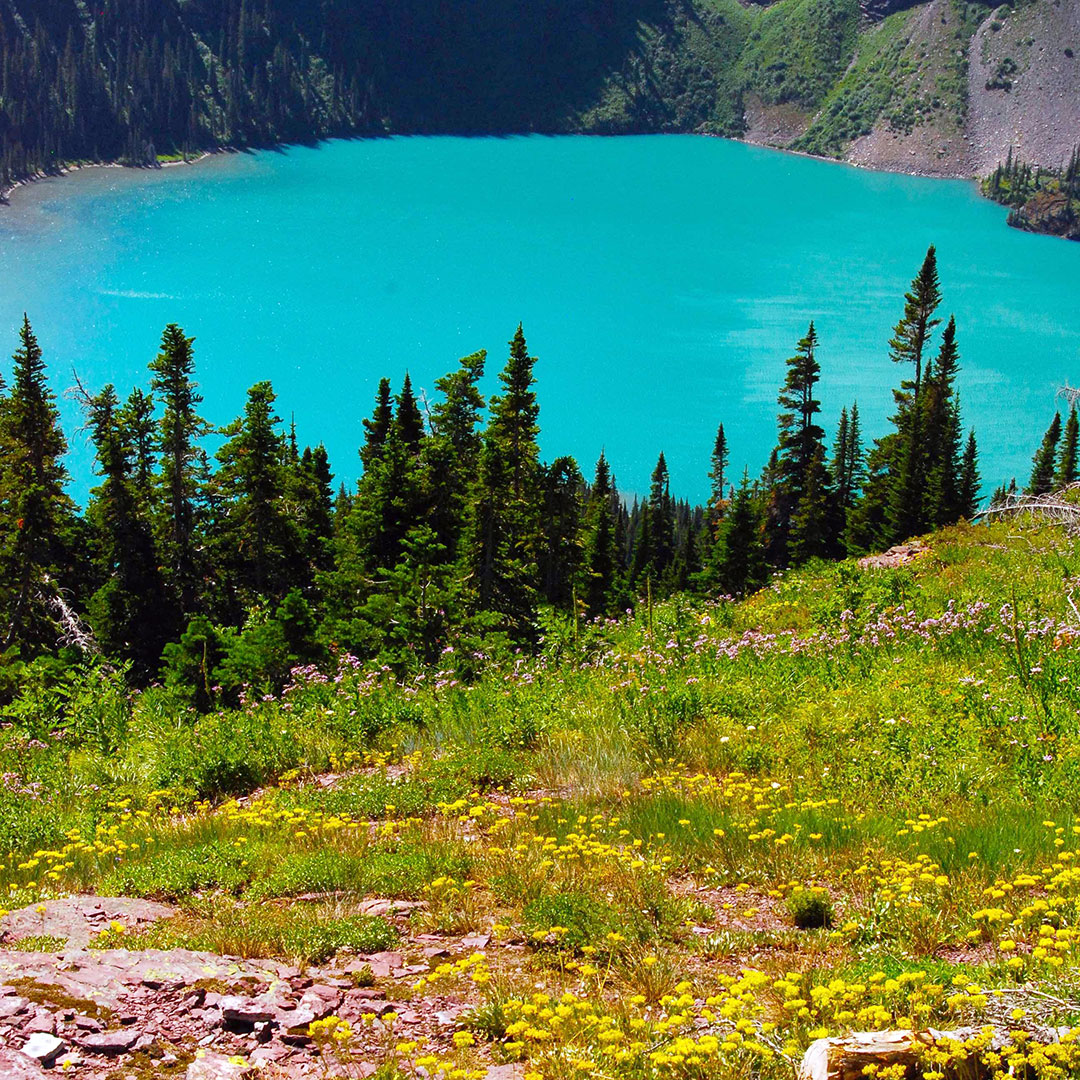
Guides from the National Park Service lead an interpretive hike several times weekly to the glacier. The hike is free, but takes advantage of chopping down the miles by using the boat (fee charged). Be ready to walk in a long parade as the guided hike often balloons to 30 people or more.
Like 24 of its glacial cousins in the park, Grinnell is here today. But at its current rate of thinning and shrinking, the ice may not linger much longer.

Related Travel Guide
Pin it for Later
